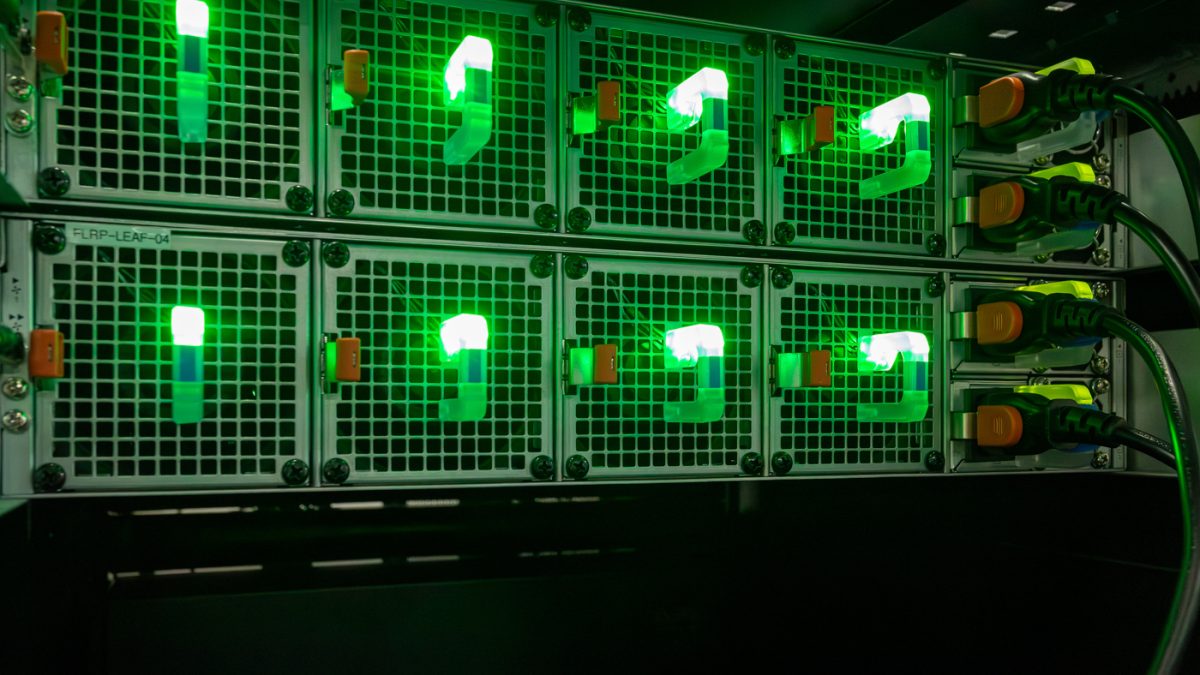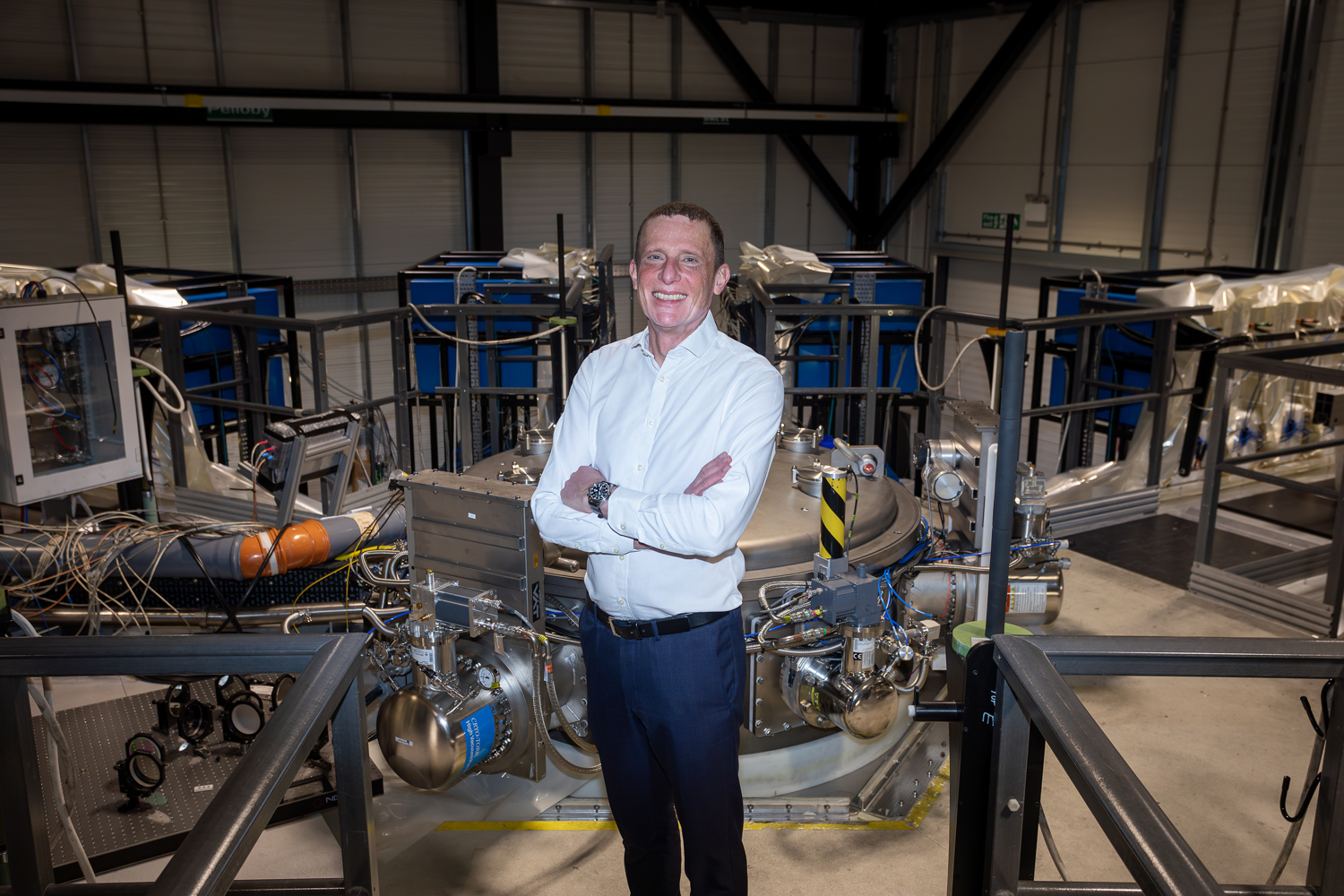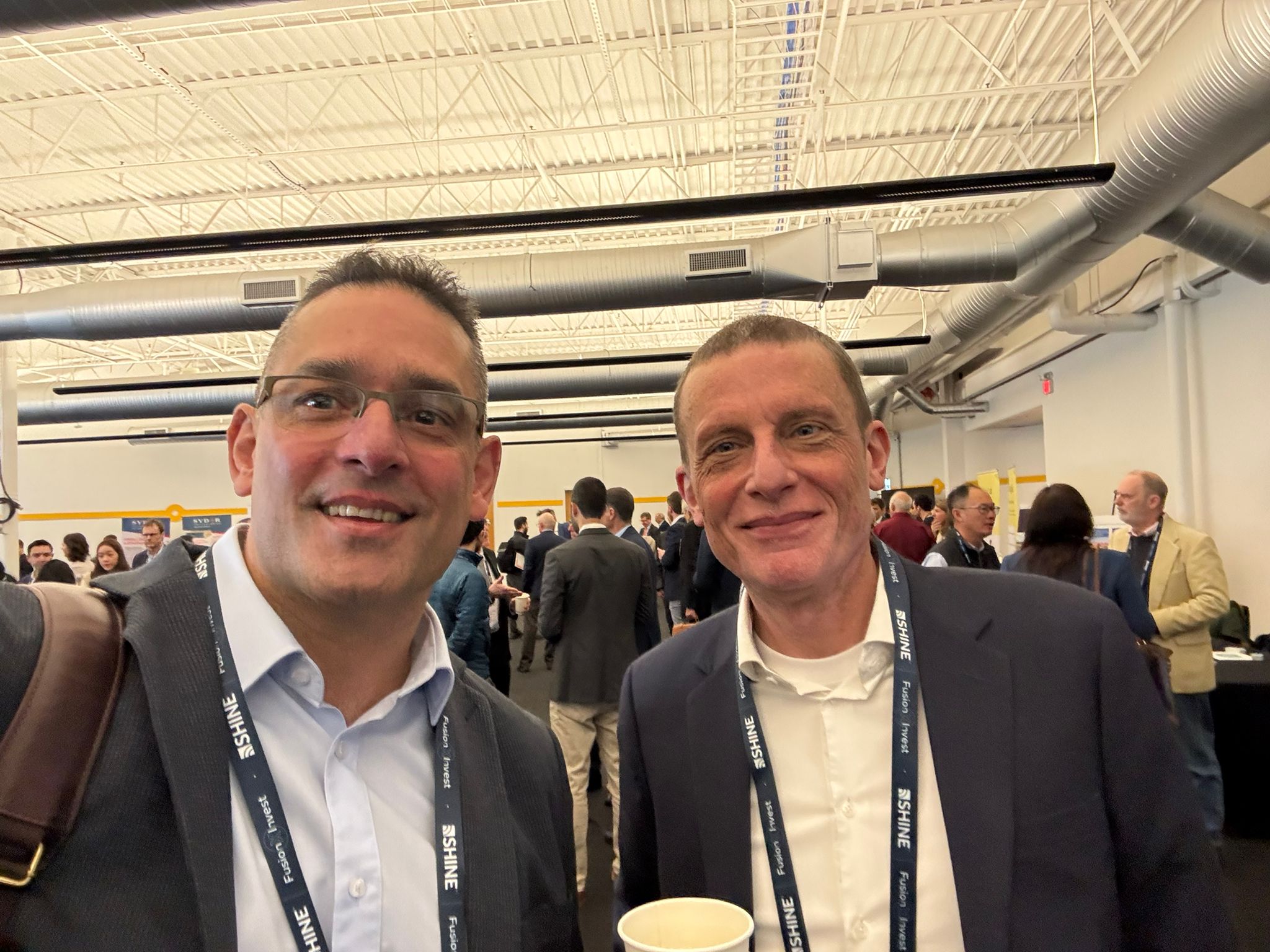Blog Article: Designing Complex Systems: From Concept Models to Digital Twins, and the Discipline of Robust Optimisation
Author: Nathan Joiner – Head of Computational Physics, First Light Fusion
In an era of increasing system engineering complexity, across technology sectors such as fusion energy, autonomous engineering, nuclear, aerospace, and defence, our design standards must evolve. The challenge isn’t just what we design, but how we design it. Access to the data and analysis to make objective decisions in development direction is critical for assuring favourable outcomes. To do this we need software-based models of complex systems, that codify all the dependencies as a computer programme (a system code), that can be coupled with statistically based AI approaches to rapidly and efficiently consider a range of design points that account for numerous possibilities.
We need a new standard: design through continuously evolving, and assured, system models. From conceptual understanding to digital realisation, the accounting of uncertainty and variabilities inherent in complex systems should be included from the outset.
Why? Because in every ambitious development programme, from a first-of-a-kind autonomous vehicle, to building large scale infrastructure, decisions are made long before all the facts are known. The facts change as learning grows, and the assumptions held by independent teams working on parts of the larger system (sub-systems) can change too. Traditionally, we’ve managed that uncertainty with experience and instinct, often extrapolating data from known to the unknown. But as systems become larger and more integrated with each other, and the pressures to deliver system performance within budget grow, that’s not enough.
Concept models, and digital twins, underpinned by robust optimisation, gives us a way to see uncertainty clearly, test decisions before acting, and learn continuously as reality unfolds. It’s how we make faster, safer progress in an unpredictable world.
1. Concept Models: Making Sense of Complexity
Every system begins as a concept, a way of organising complexity into meaning. A good concept model is not a drawing. It’s a software framework for shared understanding, providing a common reference point for interdisciplinary teams. It captures purpose, assumptions, and interactions in a way that invites challenge and refinement.
Concept-level system models/codes should:
• Expose and test assumptions and dependencies, not hide them.
• Enable cross-disciplinary reasoning.
• Provide the foundation for structured uncertainty exploration.
• Build in real world constraints from the outset.
• Contain sub-models that adequately characterise their response to inputs.
• Be rapid to execute on available computing hardware.
Ambiguity and lack of precision at this stage isn’t a weakness, it’s a signal pointing us to where we must learn most and prioritise development effort. To give us maximum return and assurance of the system’s final objective, we must understand in a quantitative way the implications of model improvement, increased certainty, or changing operational scenarios.
As the underlying system code representing the model improves through the overall development cycle, the model should be thought of as a database for the current best knowledge and state of a system, a reference for all scientists and engineers developing it. A digital “proto-twin” of the eventual real-world system.
2. Robust Optimisation: Designing for the Unknown
Feasibility and iterative design points should be obtained by optimisation under uncertainty, or synonymously robust optimisation. An approach that optimises a statistical combination of possible solutions to a model. Outcomes meet the requirements demanded on the system, reducing sensitivity to perturbations, while also quantifying tolerance to risk.
No real-world system operates with perfect information or with the idealisation of simulations. Parameters drift, environments fluctuate, assumptions erode, and even the highest level of modelling fidelity is approximate. Robust optimisation acknowledges this reality. Output from modelling & simulation should rarely be regarded as an absolute source of truth. Robust optimisation doesn’t seek the “best” design for a fixed scenario but the most resilient design across many possible futures.
Robust optimisation enables:
• Quantitative understanding of trade-offs between system function and resilience.
• Quantitative understanding of the correlations between constraints, variables, and uncertainties
• Overall uncertainty quantification and parameter sensitivity analysis
• Decision-making that embraces, rather than denies, uncertainty.
• Realisation of better parameter spaces that conventional wisdom might preclude.
In essence, robust optimisation turns the model from a guide into a decision engine, one that helps us design not for perfection, but for persistence.
3. Digital Twins: From Insight to Intelligence
As our understanding matures, and models are validated against real-world observations, the concept model may evolve into a digital twin: a dynamic, data-driven representation of the real system.
A digital twin is not just a simulation; it is a continuously learning organism. It connects design intent with operational feedback, allowing us to test “what-ifs” in silico before committing to costly system changes.
To achieve this, we must:
• Plan for this eventuality in the system models
• Ensure traceability from concept to code to operation.
• Maintain multi-scale fidelity from physics to systems behaviour.
• Use feedback loops to evolve both the models and the physical design.
This is where theory meets evidence, where models stop being abstractions and starts becoming a trusted collaborator.
4. The Standard We Should Aspire To
If we want reliable system codes, robust optimisation, and digital twins to become central to how we engineer the future of the most complex systems, we must commit to higher standards:
• Model Continuity: From concept to twin, every model evolves, none are discarded.
• Advanced continuous integration frameworks: Any change to overall system performance should be communicated, reviewed, and actioned promptly by the most relevant stakeholder.
• The highest levels of software engineering rigour: The reliability and extensibility of the underlying framework is critical to success of large networks of function calls.
• Embrace AI: Emerging AI technology has the potential to co-manage and execute much of the routine aspects of the design integration cycle.
• Transparent Uncertainty: Every assumption is declared, every uncertainty mapped.
• Design-Verification Linkage: Each conceptual claim has a corresponding test in the twin.
• Decision Resilience: Optimisation prioritises robustness, not just performance.
5. Why It Matters
At First Light Fusion and other high-technology domains, we face systems too complex for any single discipline, or even a single generation of computational tools, to manage in isolation. We’re standing on the threshold of systems so technologically and socio-economically complex that no single human mind can simultaneously understand the impact of all the cross dependencies. Agile approaches to engineering management mean that subsystems are developing at pace but often in isolation.
Opportunity to innovate may be lost through conventional wisdom and traditional engineering practices. At First Light, we have seen this impact first hand, where we actioned robust optimisation on the advanced stage concept design of a large scale pulsed powered high energy density physics platform (M4) using this approach. By coupling together models representing the machine components, with validated reduced forms of models for a fusion system, and constraining geometry with infrastructure cost, we were steered to a final concept design point with lower power, energy, cost, and risk, than scientific literature and experience suggested would be feasible for fusion fuel ignition. This learning has contributed to some of the thinking and understanding behind our FLARE inertial fusion energy concept.
The need for a centralised source of truth for system design is made even more necessary by the multi-organisational nature of large-scale engineering challenges. To progress most rapidly, strategic partnerships are becoming the norm. In this respect, building and maintaining shared system codes massively facilitates concurrent engineering practises and innovation at scale.
At its heart, this is about improving how we decide. By making our models more connected, data-driven, transparent, and adaptive, we give ourselves a clearer view of risk and possibility, and that’s what drives better outcomes, faster learning, and more resilient deep-tech development programmes.
That is the standard the future demands of us.



